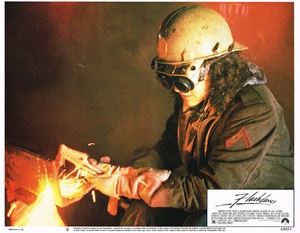Aluminum sheet is famously difficult to weld, attempts often resulting in feedability problems, weak welds, and defects such as craters or cracking. Automakers face a production challenge each time a new aluminium intensive vehicles or hybrid battery pack is developed.
Will they bond it with adhesives, will they use rivets, or will they use very specialized resistance welding process?
While spot welding has its advantages, it’s critical that the right resistance welding electrodes be chosen based on a thorough understanding of material properties. The wrong electrode material could result in a host of production line issues, one of which is electrode material alloying with the workpiece. For example, this is a common occurrence when welding galvanized sheets; you can’t use an electrode material that will react to zinc.
In theory, spot welding aluminum should be perfect for electrode materials like tungsten because of its resistance to alloying. In addition, the base metal is very conductive. However, it has such high thermal conductivity that current must be applied for an too long, and the tungsten electrode gets too hot. As a result, the aluminum tends to melt.
Comparatively, silver tungsten electrodes are well suited for the nickel foil increasingly found in hybrid vehicle battery packs. These alloys are an excellent choice because the silver prevents alloying with nickel. In fact, it has been found to be better suited than commonly used copper electrodes because copper has a tendency to deposit and create potential short-circuits.
If you’re currently considering electrode materials for your resistance spot welding application and are interested in learning more about how to make the right choice, download our white paper on Choosing the Proper Resistance Welding Electrode Material.






